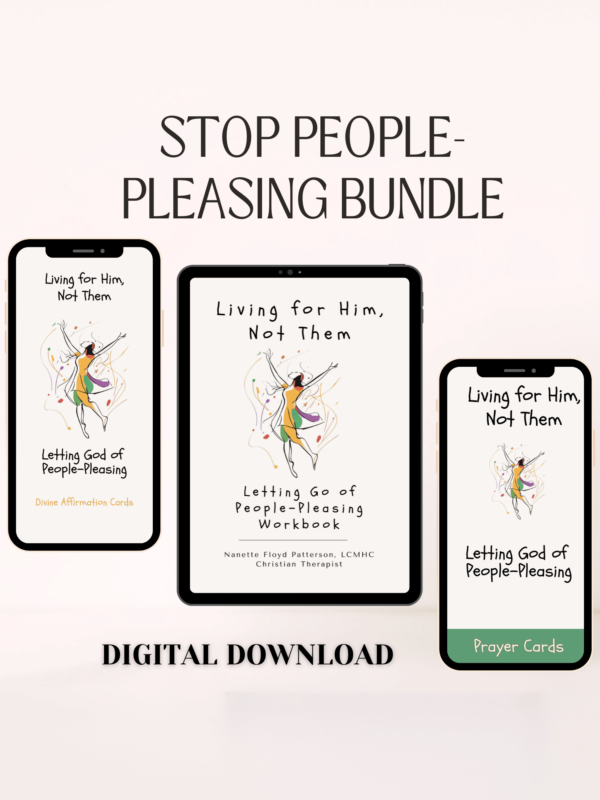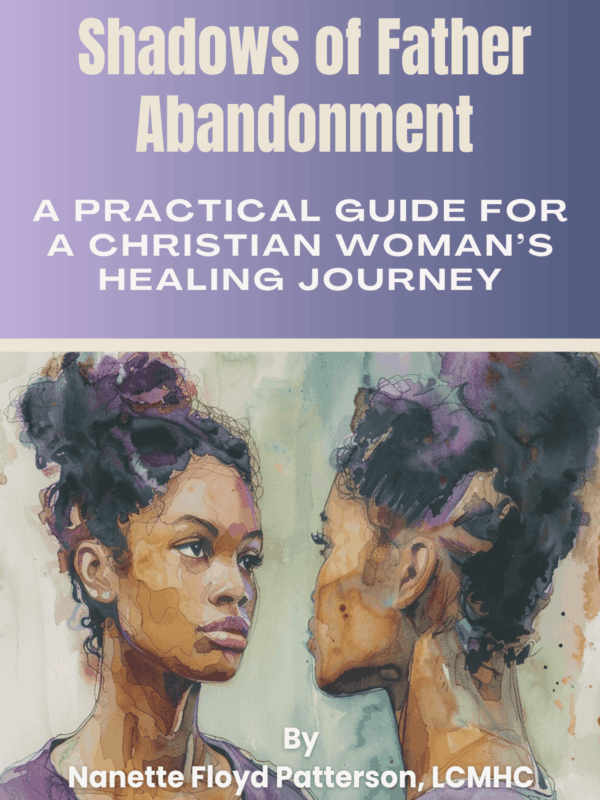Hi there! Today’s blog comes straight from the heart and the kitchen, inspired by a special big spoon I often use when preparing meals for my family. This spoon holds an extra special place in my heart because it’s just like the one my dear Grandma Laura used to own.
Every time I use it, my mind fills with warm memories of my beautiful grandma. This spoon, with its trusty wooden handle and sturdy metal stem, holds an oval scoop securely attached by a tiny screw. Now, after years of cooking and stirring, the screw has loosened slightly.
So, whenever Grandma Laura used this spoon, preparing her delicious soups or any meal that needed a good stir, she’d give the spoon a little shake to get rid of the leftovers. And the spoon, in return, would make a gentle “tick tick tick” sound.
This simple sound, as homely as it may seem, was a powerful trigger. It ignited a memory firework that made me think of my dear grandma and all the emotions tied to those thoughts. My beloved grandma has been resting peacefully in heaven for about 23 years now, yet the sound of that spoon keeps her loving memory vivid in my heart.
Let’s explore how triggers, just like the tick-tick of my Grandma Laura’s spoon, can stir deep emotions within us.
Now, tap into your imagination, much like Jesus used parables to teach life lessons.
Imagine walking down the aisle of your favorite grocery store. You spot a bar of chocolate, and boom! All of a sudden, you’re back in Grandma’s cozy kitchen, her loving smile and the smell of her rich, gooey brownies filling your senses. This feeling is warm, comforting, even delicious. But, what if instead of Grandma’s kitchen, that bar of chocolate took you back to a memory you’d rather not visit, causing you distress or even a sense of panic? That, my friends, is what we call a “trigger.”
Just like a chocolate bar can trigger your cravings or memories, there are emotional triggers in our lives that can transport us back to moments we’d rather forget – like past traumas, stressful events, or painful experiences. The kicker is, these triggers often lead to reactions that can feel overpowering and even confusing. Why does a casual remark from a friend make you instantly angry, or why does a particular date on the calendar fill you with dread?
Why Should You Care About Your Triggers?
Knowing your triggers is like having a secret map to your emotions. It guides you through those hidden emotional mines, giving you the chance to consciously choose a different path – a path that can lead to healthier reactions and more peaceful interactions with others.
Imagine being at a family dinner. Your brother cracks a joke about your cooking skills (or lack thereof). You can either laugh it off, or you can dive headfirst into a vat of insecurity and resentment, spoiling the night for yourself. If you know that being teased is a trigger for you, you can prepare yourself, talk about it, and turn that potential conflict into an opportunity for understanding.
Let’s Get Personal
Now that we’ve chatted about what triggers are and why they’re important, let’s take some time to reflect. Grab your journal, a cup of your favorite tea, curl up in a comfortable spot, and ponder these questions:
1. What are some things that instantly tick you off or make you feel uneasy? These can be certain words, situations, or even people.
2. What happens when you encounter these triggers? Do you get angry, sad, or withdraw from others?
3. Can you spot any patterns? Are these triggers connected to any past experiences?
4. How can understanding your triggers help improve your life and relationships?
5. How can you use your faith to help manage your triggers and their impact on you?
What can you do about triggers?
I have a soft spot for acronyms; they’re like handy mental toolkits that help us navigate through life’s challenges. So, let’s use the word TRIGGER to map out your strategy to handle triggers that lead to bad memories and unhealthy responses.
T – Take Note: The first step is to identify your triggers. What situations, words, or behaviors stir intense emotions within you? Write them down.
R – Reflect: Why do these particular things trigger you? Is there a pattern or a past experience tied to them?
I – Introspect: How do you react when you encounter these triggers? Do you get angry, scared, or defensive? Understanding your reactions can provide insight into your triggers.
G – God-Centered Reflection: Take your findings to God in prayer. Ask for understanding, healing, and the strength to manage these triggers. Consider what the Bible says about fear, anger, and forgiveness. Esther faced her fear with prayer and fasting; you can seek God’s wisdom in handling your triggers.
G – Generate a Plan: Now that you understand your triggers better, devise a plan to handle them. This could involve speaking to a counselor, taking deep breaths, counting to ten before responding, writing in your journal, or even removing yourself from the situation that’s triggering you, if possible.
E – Engage Support: Share your journey with a trusted friend, family member, or your church community. They can provide additional support, understanding, and prayers.
R – Recognize and Reset: Dealing with triggers isn’t a one-off endeavor but a continuing journey. It’s crucial to consistently recognize your triggers and how you’ve been managing them. If the approach isn’t working as well as it should, hit the ‘reset’ button. Modify your strategy and try a new way to handle them if necessary.
Remember, like Esther, you have the power to face your triggers with courage and faith. Using the TRIGGER strategy, you can navigate your emotions more effectively, leading to healthier responses and stronger relationships.
Triggers can be seen as faint echoes from our past, subtly yet significantly shaping our present. When we put on our Christian lenses, we can draw parallels between understanding our triggers and the inspiring story of Esther, a brave woman in the Bible.
Esther, despite being a queen, faced a significant trigger – the potential genocide of her people. This situation stirred in her a deep fear and concern. But instead of letting these feelings control her actions, Esther courageously stepped forward to confront her fears. She fasted, prayed, sought God’s wisdom, and finally approached the king, an action that could have cost her life. Through her brave actions born out of faith and understanding, she was able to save her people.
Just as Esther identified her fear and faced it with unwavering faith, we too can confront our triggers. We can brave the challenging emotions they incite within us, not with trepidation, but with courage, understanding, and the power of our faith.
Embrace the journey, have faith, and remember – life is too short for unchecked baggage. You’re stronger than your triggers!Let me know your thoughts!
I’m now on Threads too! @NanetteFloydPatterson.
Muah!
Nanette
P.S.
BTW. If you are a Christian coach, mentor, spiritual leader or another “people helping people” looking for practical and Christ-centered tools to help individuals on their transformational journal, download my FREE re-brandable Understanding Triggers Worksheet to use in your business.
[/et_pb_text][/et_pb_column][/et_pb_row][et_pb_row column_structure=”1_2,1_2″ _builder_version=”4.21.0″ _module_preset=”default” global_colors_info=”{}”][et_pb_column type=”1_2″ _builder_version=”4.21.0″ _module_preset=”default” global_colors_info=”{}”][et_pb_image src=”https://nanettepatterson.com/wp-content/uploads/2023/07/Optimized-HISENTREPRENEUR-MOCK-UP-Life-Purpose-3-1.png” alt=”What are triggers?” title_text=”Triggers” url=”https://hisentrepreneur.com/understanding-your-triggers-worksheet/” url_new_window=”on” align=”center” _builder_version=”4.21.0″ _module_preset=”default” hover_enabled=”0″ global_colors_info=”{}” sticky_enabled=”0″][/et_pb_image][/et_pb_column][et_pb_column type=”1_2″ _builder_version=”4.21.0″ _module_preset=”default” global_colors_info=”{}”][et_pb_divider _builder_version=”4.21.0″ _module_preset=”default” global_colors_info=”{}”][/et_pb_divider][/et_pb_column][/et_pb_row][/et_pb_section]





